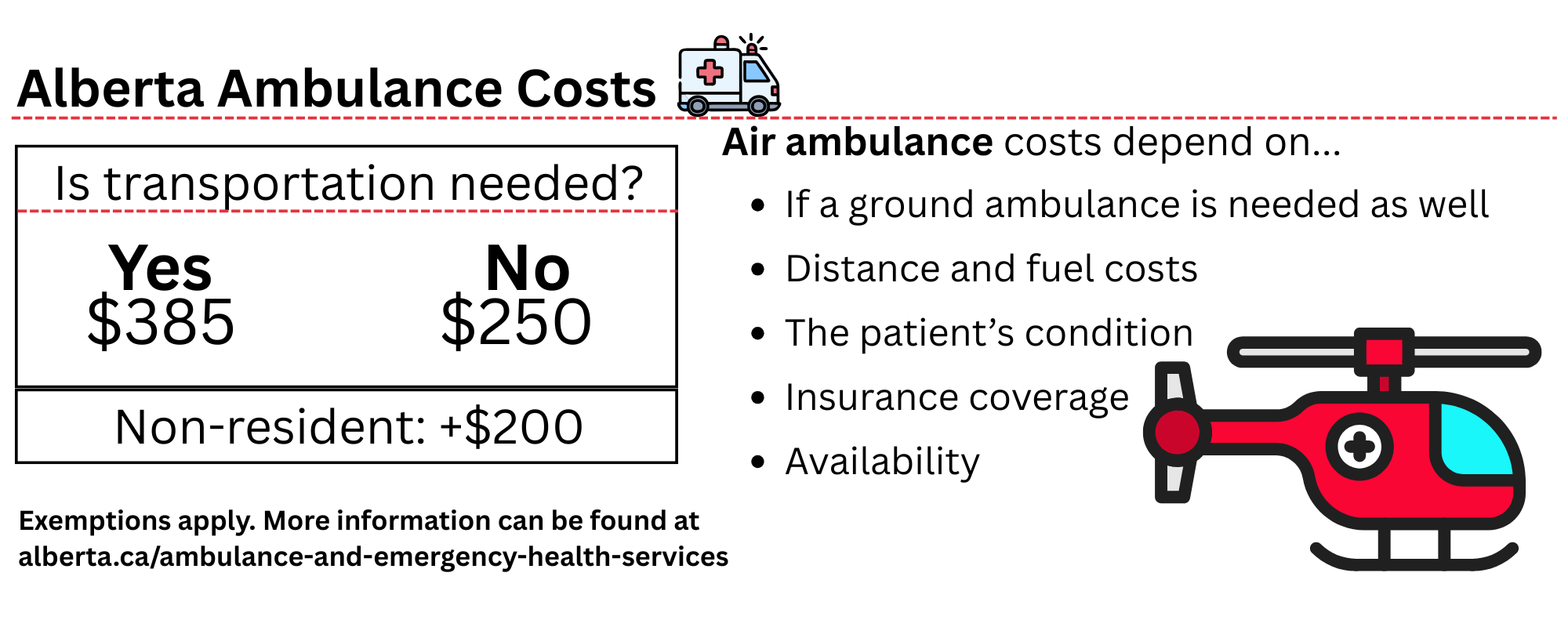Over the past few months, I’ve seen the release of hundreds of balloons, classified as community events in the wake of tragedy.
I’ve seen the pictures and I’ve also read the heartfelt thoughts and prayers attached to their symbolic release.
However, I can’t help but to think of the bigger picture. By this, I mean what happens after the balloons are released into the sky?
Like many, I’ve heard the expression what goes up must come down.
Naturally, it makes sense that fragments of the balloons would eventually burst and make their way back to solid ground.
Although, I’ve read that these pieces would be too small for animals to ingest.
Yet, I’ve seen the pictures that show numerous animals from birds to marine mammals, tangled in balloon strings and within the contents of their stomachs.
The evidence is hard to ignore and the outcry from our coastal neighbour is clear. Balloon releases need to stop.
According to the World Animal Foundation, wildlife on land, sea and air are all victims, as they frequently mistake the deflated balloons as sources of food.
In fact, once an animal ingests a discarded balloon, it blocks their digestive tract and the animal slowly starves to death.
What’s more, is consumption is not the only danger associated with balloons, as the strings and ribbons attached to them can be just as harmful.
Holly Duvall, Executive Producer of the Alberta Institute of Wildlife Conservation, believes balloon releases are a big issue and are easily preventable.
“To my knowledge, I have not heard of animals being harmed from balloons in our area, but that doesn’t mean that it doesn’t happen. Most likely, these animals are just not found,” she said.
Duvall also said that the issue is far more evident on the coast.
In fact, some of our neighbours to the south have already made balloon releases illegal, including Florida, California and Virginia.
Now it is true that latex balloons do biodegrade at the same rate as oak leaves, approximately six months.
However, according to the SPCA in British Columbia, this time increases when balloons find themselves drifting in our lakes, rivers and oceans.
I can’t help but to think that six months and even longer if it’s in water, is enough time for an animal to mistake the balloon as food.
Now, I’m not saying that we shouldn’t pay tribute to victims of tragedy, but perhaps there’s a more environmentally friendly way to do so.
Like Duvall said, balloon releases are easily preventable and are one way we can all help protect the environment we share.
At the end of the day, we can’t change the actions of others, but we can change our own actions as individuals.


